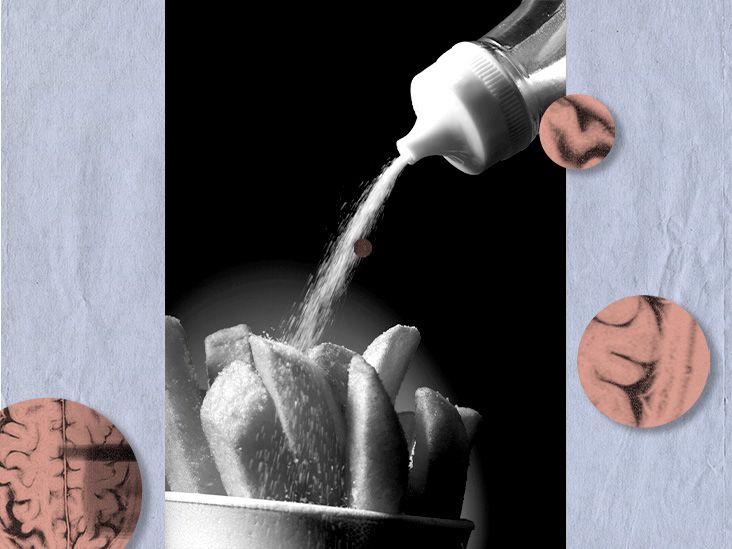Some people use the term high-functioning depression, but this is neither a diagnosis nor a clinical disorder. Many mental health professionals also disagree with the use of the term.
Some experts believe that the term comes from a lack of clarity surrounding persistent depressive disorder (PDD), or dysthymia, which is an ongoing form of depression.
PDD differs from
According to the World Health Organization (WHO), more than
In this article, we will examine the causes, symptoms, and treatment options for what people may consider to be high-functioning depression.
Help is out there
If you or someone you know is in crisis and considering suicide or self-harm, please seek support:
- Call or text the 988 Lifeline at 988 or chat at 988lifeline.org. Caring counselors are available to listen and provide free and confidential support 24/7.
- Text HOME to the Crisis Text Line at 741741 to connect with a volunteer crisis counselor for free and confidential support 24/7.
- Not in the United States? Find a helpline in your country with Befrienders Worldwide.
- Call 911 or your local emergency services number if you feel safe to do so.
If you’re calling on behalf of someone else, stay with them until help arrives. You may remove weapons or substances that can cause harm if you can do so safely.
If you’re not in the same household, stay on the phone with them until help arrives.

Many mental health professionals agree that high-functioning depression does not exist and that the term itself can be very misleading. The Diagnostic and Statistical Manual of Mental Disorders, Fifth Edition (DSM-5) does not recognize it as a clinical disorder.
The term may be misleading as it depends on how a person defines it and their attitude toward treatment. Many people may consider high-functioning depression to be episodes of depression without certain diagnostic signs and symptoms.
As this form of depression may be less debilitating than other forms and allow a person to live a relatively “normal” life, maintaining relationships and coping at work, they may consider it to be a high-functioning form of depression.
Many people may confuse the term with
As experts do not recognize high-functioning depression as a disorder, there are no objective clinical symptoms.
However, many people confuse high-functioning depression with PDD. PDD involves low grade depression with symptoms that persist for at least 2 years.
With PDD, a person’s depressed mood lasts for most of each day, and depression occurs more often than not.
In addition to low mood, people with PDD may also have at least two of the following symptoms:
- changes in appetite
- oversleeping or insomnia
- extreme fatigue
- low self-esteem
- difficulty concentrating and making decisions
- feelings of hopelessness, worthlessness, or guilt
People who have PDD may experience instances of normal mood that last less than 2 months. They are also
As high-functioning depression is not a clinical diagnosis, there are no specific treatment options available.
However, for PDD, treatment may be two-fold and include both psychotherapy (also known as talk therapy) and medication. A doctor may prescribe various drugs, including selective serotonin reuptake inhibitors (SSRIs), tricyclic antidepressants (TCAs), and serotonin-norepinephrine reuptake inhibitors (SNRIs).
It may take some time to find the right combination of therapy and medication to treat this type of depression.
Not everyone responds to drugs in the same way. A
People should speak openly with their healthcare provider and let them know about any side effects or reactions that they have in response to the medication. Finding the right medication might require some trial and error.
A doctor cannot diagnose a person as having high-functioning depression. However, if a person is experiencing depressive symptoms, they should speak to a doctor immediately.
Conditions that people often confuse with high-functioning depression, such as PDD, may be challenging to diagnose. People are likely to have low grade symptoms and may not be aware that they have depression.
A doctor will likely use a standard clinical interview for diagnosis. For a person to have PDD, they must have experienced chronic depression for at least
Depression does not always require a trigger. However, certain situations and factors may be more like to trigger a negative mindset.
Examples include:
- financial problems
- extremely high levels of stress
- the death of a loved one
- loneliness
- major life changes
Potential risk factors for dysthymia may
- genetics
- epigenetics
- prior mental illness
- neuroticism
- high anxiety levels
- low sense of self-worth
- psychological health
- trauma
- life stressors
- social factors
If a person experiences depressive episodes or thinks that they may have depression, they should see a doctor.
A doctor will ask the person about their symptoms and history. They may also carry out assessments to rule out other potential causes of the symptoms.
A doctor will provide a referral to a mental health professional if necessary.
Therapy and other treatments for high-functioning depression are not one-size-fits-all. For example, a person with PDD may need to switch therapists to find the right fit.
Other resources for those dealing with mental illness include:
Those who need immediate help and are in crisis can contact the following support hotlines:
- National Suicide Prevention Lifeline: 1-800-273-8255 (TALK)
- Trevor Project Lifeline: 1-866-488-7386
- Crisis Text Line: Text HOME to 741741 to speak with a crisis counselor
High-functioning depression is not a formal diagnosis, and many people may confuse it with PDD. PDD is poorly understood, but many consider it to be chronic mild depression.
The term high-functioning depression can be very misleading, and many mental health professionals choose not to use it.
If a person experiences symptoms of depression, they should seek medical assistance. A mental health professional can recommend treatment options to help a person manage depression.

